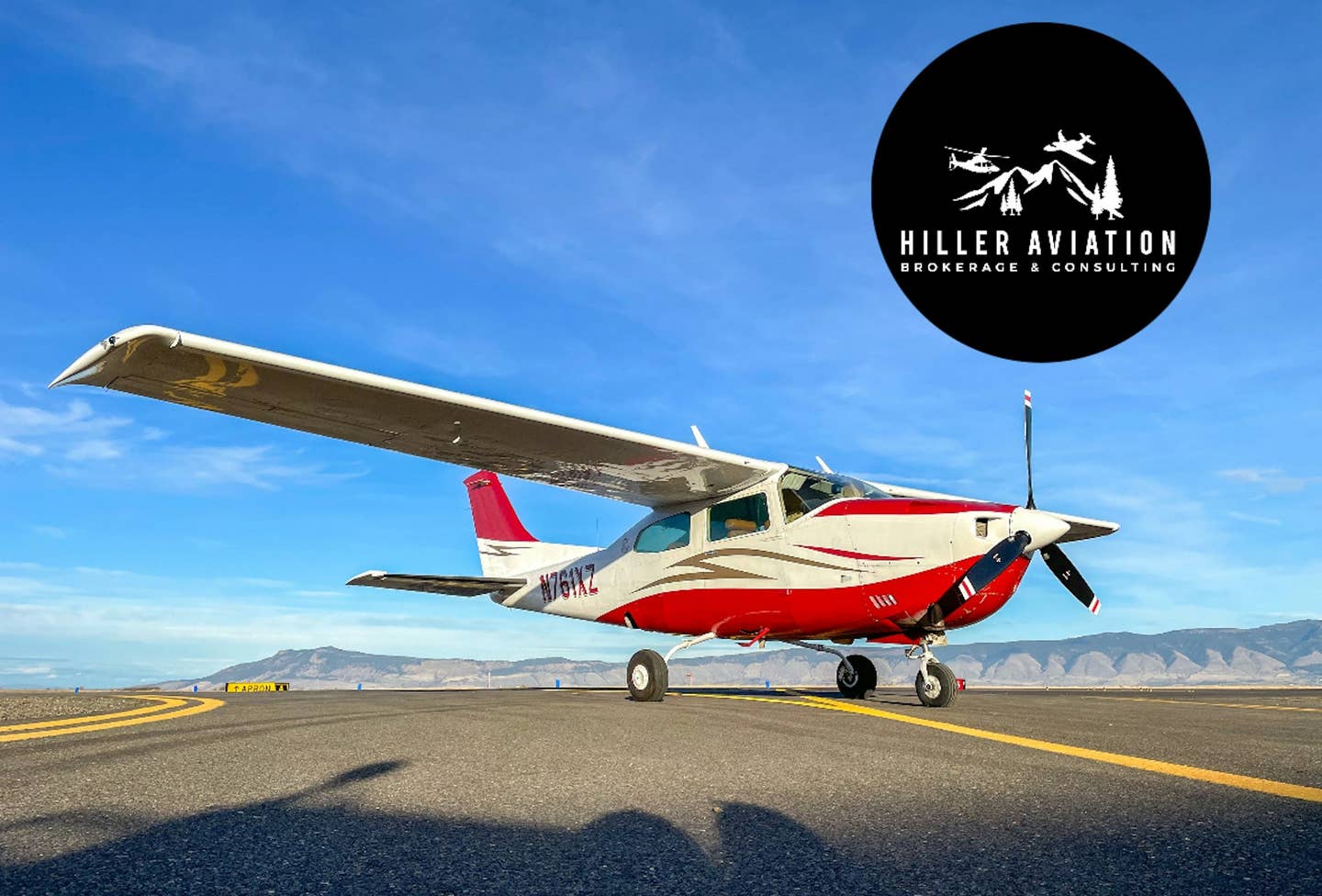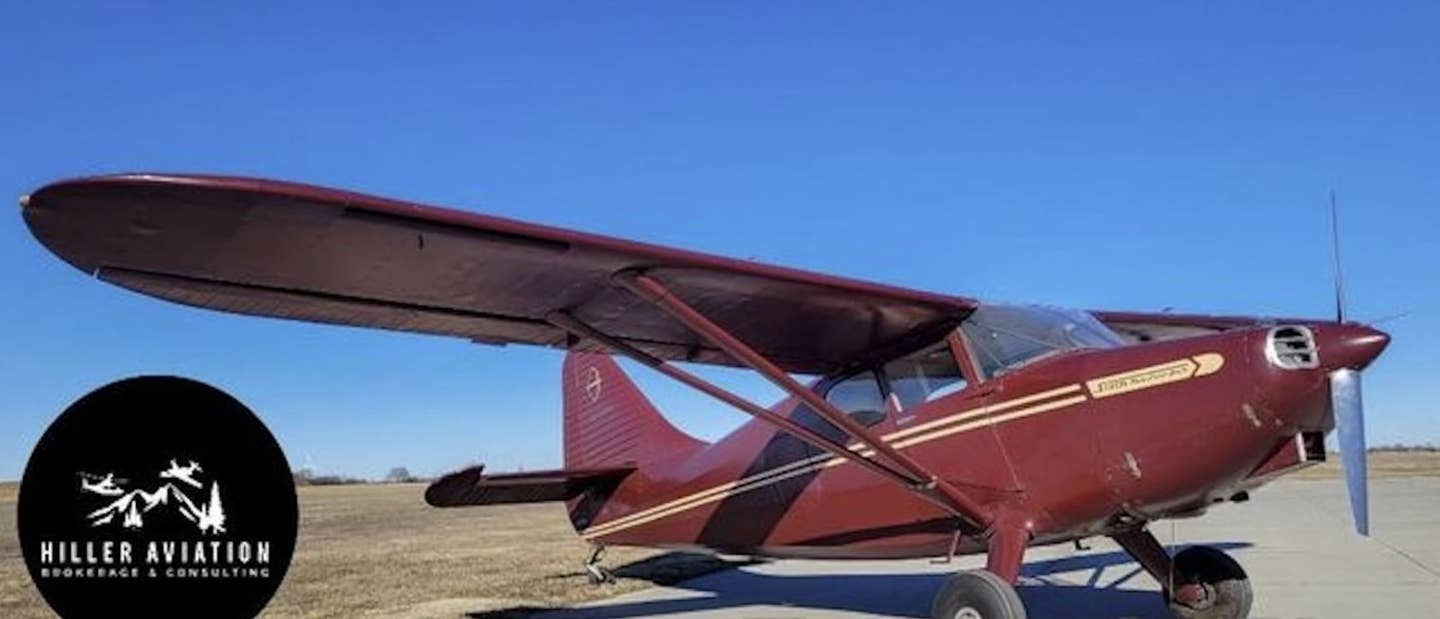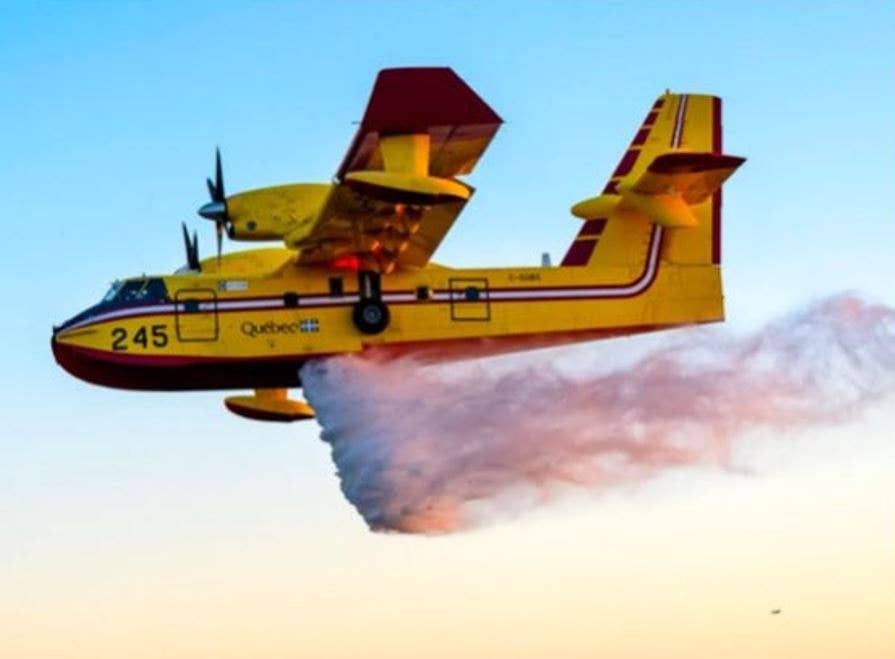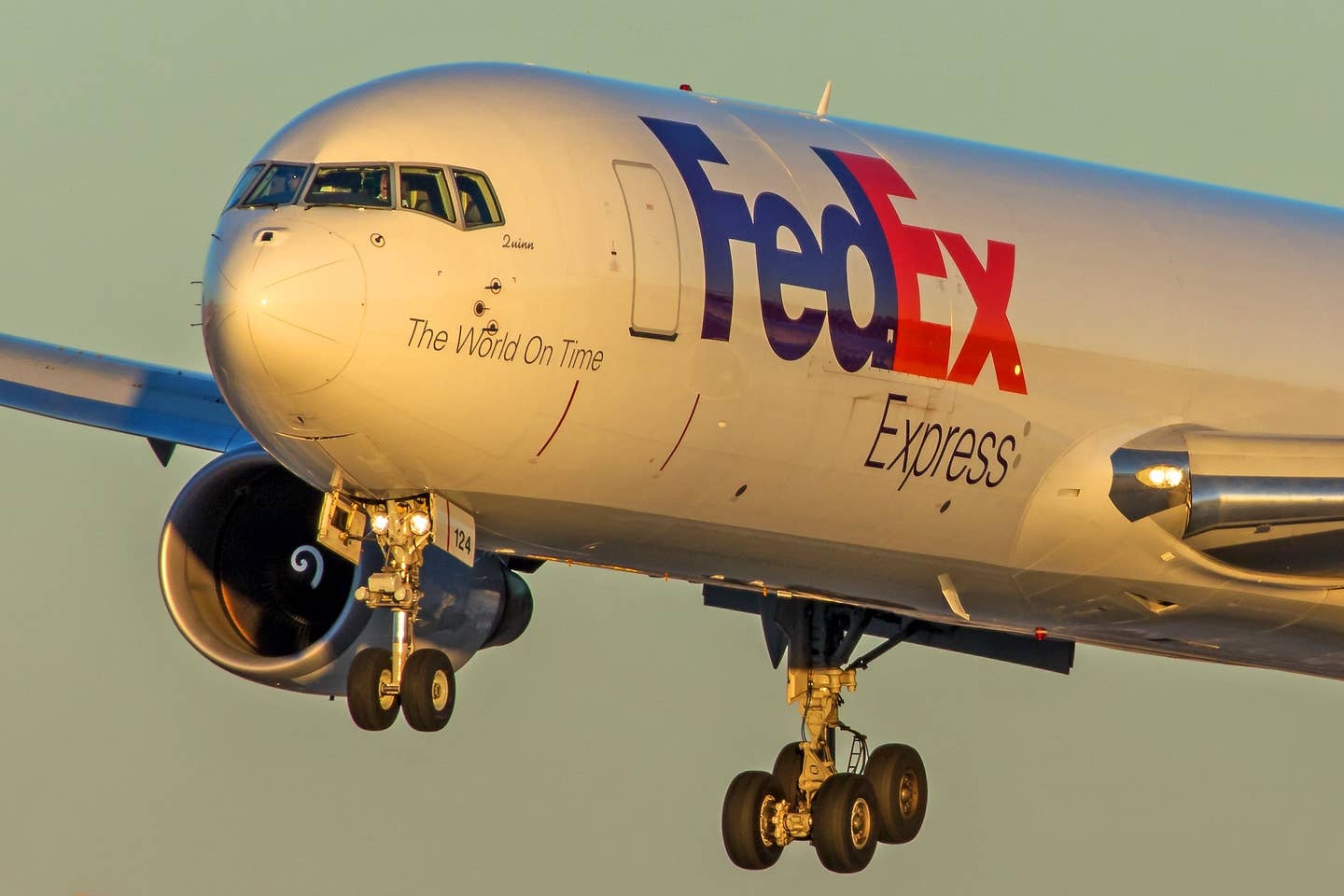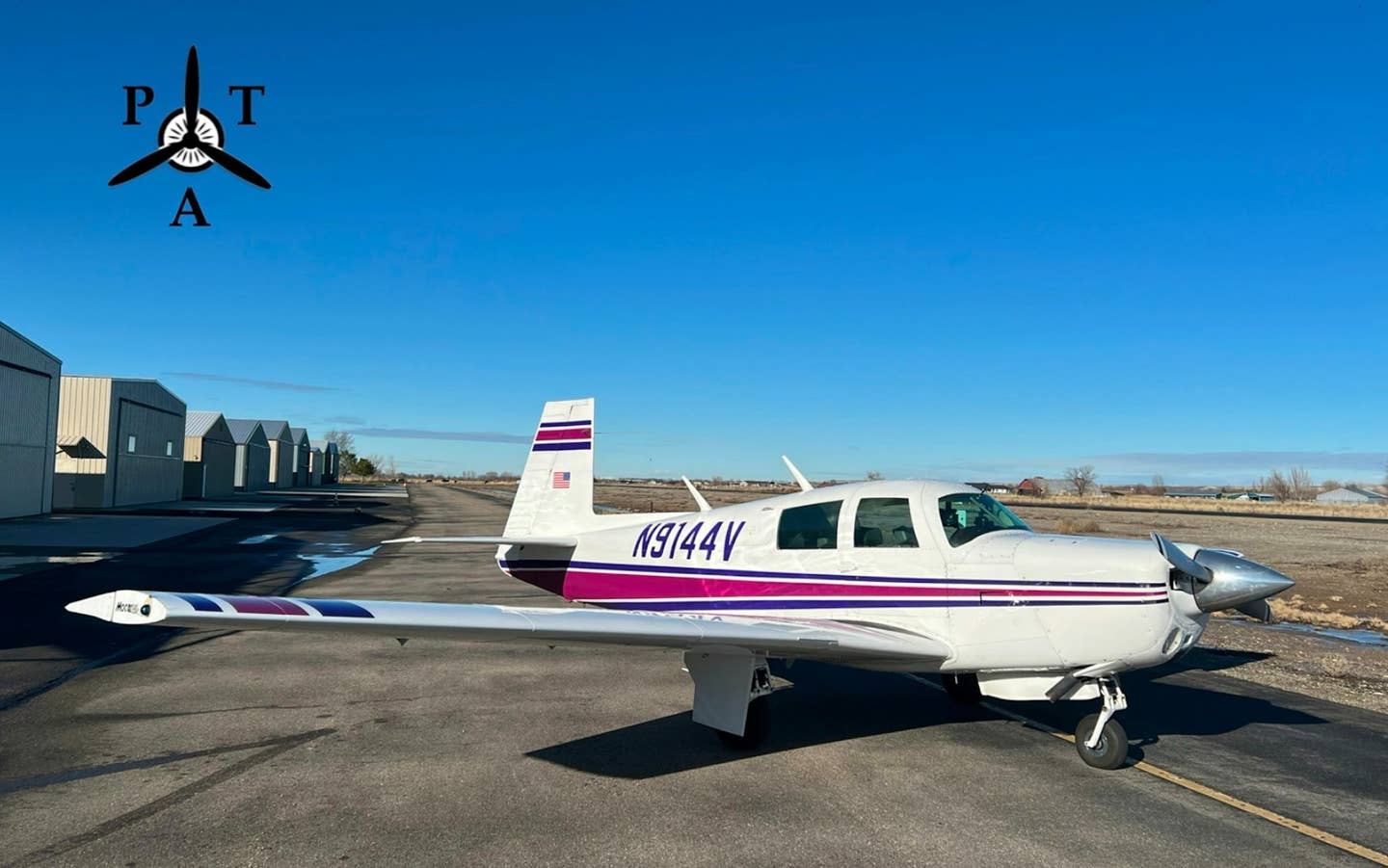
Despite fixed nosewheel and tailwheel gear,
the minuscule He 176 rocket plane attained
400 knots within a minute of starting its
takeoff roll. Courtesy of Lutz Warsitz
After World War I, the Treaty of Versailles forbade the defeated Germans to build any military aircraft. Nevertheless, perhaps because something forbidden — even a mere apple — becomes irresistibly desirable, Germany in the 1930s surpassed all other nations in aeronautical technology.
Two of Germany's most talented and ambitious designers were Willy Messerschmitt and Ernst Heinkel. The tall, magnetic Messerschmitt, son of a distinguished painter, was a favorite of Hitler, who didn't warm up to the short, unprepossessing Heinkel and in fact suspected him, on purely physiognomic grounds, of being Jewish. Messerschmitt supplied the Luftwaffe with most of its fighters — 35,000 of them — and Heinkel ended up making mainly bombers.
Heinkel's first love, however, was speed. Heinkel was aware of the limitations of the propeller; as an airplane's speed increased its propeller's thrust diminished, and propeller tips inevitably approach sonic velocity well before the rest of the airplane. Although the practical limits of speed for propeller airplanes — around 400 knots — had not yet been reached in 1935, they would be soon: A record of 408 knots, set in 1939, stood for 30 years. But to Heinkel's mind the limits of the propeller were no less an obstacle for not yet having been reached. Reaction engines — rockets and jets — had, potentially, two great advantages: the ability to operate at any altitude and, as it seemed at the time, at almost any speed.
Heinkel's chief test pilot was a handsome young man named Erich Warsitz, whose autobiography, The First Jet Pilot, compiled by his son Lutz from diaries and conversations, has recently been published, in an inept English translation, by a British firm, Pen and Sword Books.
In the fall of 1936, while he was a pilot at the Luftwaffe flight test center at Rechlin, Warsitz, 30, was recruited for some secret test work. On inquiring why only he and one other pilot were under consideration, he learned it was because neither was married. Evidently it was considered probable that a wife, were there one, would soon become a widow.
Warsitz got the job and moved to Kummersdorf, near Berlin, where Wernher von Braun had been developing liquid-fueled rocket engines for use in missiles and had now turned his attention to aircraft. There was some skepticism in official circles about the feasibility of what was called "rear-thrust drive" for aircraft. Some authorities apparently believed it would render a plane so stable that it would not be maneuverable, while others, conversely, thought an aircraft propelled from the rear would want to "flip" or swap ends in flight.
When Warsitz appeared at Kummersdorf, von Braun had already been working on rocket propulsion for aircraft for two years, and had more or less overcome most of the problems posed by the horizontal position of the combustion chamber and by the need to throttle the engine's output. For static tests, he had installed a rocket engine in the tail of a single-seat fuselage provided by Heinkel. Rocket firings were impressive, not only because of the noise, heat and shock waves they generated, which left observers feeling stunned, but also because engines often exploded violently. Normally, test runs were conducted by remote control and observed from the shelter of a concrete bunker.
Feeling, however, that to observe his first rocket firing from the bunker, where one was safe from shrapnel but the noise and vibration from the engine was at its most intense, would undermine the new test pilot's confidence, von Braun nonchalantly settled into the cockpit of the anchored He 112 and instructed Warsitz to kneel alongside him on the wing root. He then ignited the rocket engine, which ran for 30 seconds with an overwhelming roar. Its blue-white exhaust plume tossed around "like autumn leaves" heavy steel plates that lay unsecured 100 feet away. Warsitz was left speechless and wondering what he had let himself in for.
The demonstration was followed by a night of pub-crawling in Berlin with the debonair von Braun, who deployed the prankish charm of a wealthy undergraduate. At dawn, as they passed the Kaiser Wilhelm Memorial Church, a symbol of Germany's past imperial glory, von Braun turned to Warsitz and asked, "Are you with us; will you flight-test the rocket?"
"Yes!"
Thereafter, von Braun addressed him as Du, the familiar pronoun and erstwhile "thou" of English, today sadly lost along with its nimbus of delicate social distinctions. Warsitz was now one of "the conspiracy."
While an airworthy He 112 was being readied for flight, Warsitz participated in the testing of liquid-rocket boosters for use by conventional aircraft on takeoff. These had Walter engines, which used less-efficient but cooler-burning fuels than von Braun's but at this point were more reliable. The idea was for the additional thrust to help overloaded and underpowered airplanes off short runways, but when Warsitz demonstrated the system he indulged a theatrical streak. RLM bigwigs were astonished to see a medium bomber, from which Warsitz had removed all unnecessary weight, climb almost vertically atop billows of purple smoke.
The first pure rocket airplane was the tiny He 176. Its cigarlike fuselage had been tailored around Warsitz's recumbent frame, leaving him so little room that to operate controls on the left side of the cockpit he had to reach across with his right hand. Its 15-foot wings, the World War I ace Ernst Udet contemptuously remarked, were not wings at all; they were boarding steps. The maiden flight took place ahead of schedule to avoid the pressure of a large and impatient audience. The ordinarily cool Warsitz felt some trepidation, but "once in the cockpit I was tranquility itself." Liftoff speed was 175 knots; shortly before the plane rose, one wheel struck a molehill — all these flights were made from grass — and the machine veered off on "quite a different heading from that originally intended." But Warsitz got it airborne. The engine ran for a minute, during which he attained a speed of more than 400 knots.
In 1936 Heinkel, on the recommendation of a professor at the University of Göttingen, had hired a young engineer named Hans Pabst von Ohain, who was developing a novel engine. The idea of a reaction turbine — a jet — was revolutionary, but several others, most notably Frank Whittle in England, were working on similar projects. Heinkel built an airplane, the He 178, around the Ohain engine. Small, but still considerably larger than the rocket-powered 176, it had a shoulder wing, a cigar-shaped fuselage with a nose inlet, and a massive landing gear that gave it the air of an overgrown toy.
By mid-1939, the engine was considered sufficiently mature for flight, but in the meantime a new hazard had been added. Germany was preparing to attack Poland, and antiaircraft batteries surrounding Heinkel's field at Rostock-Marienehe were on alert. The He 178 had been developed in extreme secrecy, however, and Heinkel did not wish to give advance notice of its maiden flight. Warsitz's preparations, therefore, included consideration of the range and firing angles of the nearby flak batteries, in case they should open fire at the strange midget airplane thundering past.
Compared with the flights of rocket airplanes, that of the He 178 on Aug. 27, 1939 — the world's first flight of a jet airplane — was anticlimactic. Both airplane and engine performed without drama. But their historic significance far exceeded that of their rocket precursors. German jet fighters could have had an important effect on the course of the impending war, but Hitler believed it would last at most a year and so had little interest in long-term projects.
Warsitz's career as a test pilot ended in 1942, when he was seriously injured in the crash of an Me 109. After a year's convalescence, he spent the rest of the war managing a family manufacturing business that made, among other things, parts for V-2 rockets. Picked up by the Soviets in Berlin at the end of hostilities, he spent five years in Siberia as a prisoner of war before being returned to East Germany for trial in 1950. There he eluded his guards and made his way to the West. Eventually settling in Switzerland, he died in 1983.
Warsitz's Wehrmacht discharge papers, issued by the occupying authority in 1950, cite, as his distinguishing marks, mensur scars. Mensur was the practice of "academic fencing" with sharpened swords, common in Germany before the war. It was seen as a test of character; the object was for the duelists not to move their feet, duck or flinch during the contest, which ended when blood was drawn. The mensur scar on the cheek was a badge of honor in a certain patrician class of German; some had them less stressfully inflicted, for a fee, by barbers.
For the era, it was a natural mistake, but Warsitz's scars were not from mensur; they were from airplanes. When engines were as likely to explode as to run, and when a test flight was a duel between the airplane's vices and the pilot's nerves, Warsitz had stood his ground; he had not flinched. He had turned a page of history and become, as the title of the book says, "the first jet pilot."
Mea maxima culpa
I said the original Wright Flyers were launched with catapults. They were not; they took off under their own power into a stiff wind. Only later, when the brothers moved their operations from the seashore to Ohio, did a catapult replace the ocean breeze.

Sign-up for newsletters & special offers!
Get the latest FLYING stories & special offers delivered directly to your inbox

